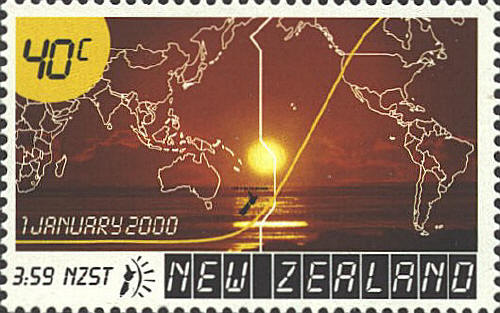|
The Syrian prince and
geographer-historian Isma‘il ibn ‘Ali ibn Mahmud ibn Muhammad ibn Taqi
ad-Din ‘Umar ibn Shahanshah ibn Ayyub al Malik al Mu’ayyad ‘Imad
ad-Din Abu ’l-Fida (1273 - 1331) in his Taqwin al-Buldan
described how a traveler, depending on his direction of travel, would
either lose or gain a day at the completion of his circumnavigation of
the globe.
Erik de Put (Erycius Puteanus, 1574 - 1646) published a
work in 1632 in which he argued for the adoption of a prime meridian
running through Rome. The meridian opposite to that of Rome he named
the Linea Archemerina and marked the line where the calendar
date changed.
Puteanus pointed out that in order to be useful a date
line should pass only over water without crossing any land and he
conceded that his date line would have to make an eastward excursion
at the latitude of ‘New Albion’ in order to satisfy this condition.
When the Prime Meridian was established at Greenwich in 1884, the
180th meridian was agreed as the place where the day changed. Over the
years several changes were made where the line did cross land.
New Zealand marked the beginning of the 21st century
with a stamp which showed a map of the world with the sun crossing the
International Date Line.

The time notation in the
lower left corner, "3:59 NZST" indicates the time of the first sunrise
of the new century on the Chatham Islands of New Zealand. To the right
of the time notation is an emblem made up of a representation of the
sun and a map of New Zealand.

 |
